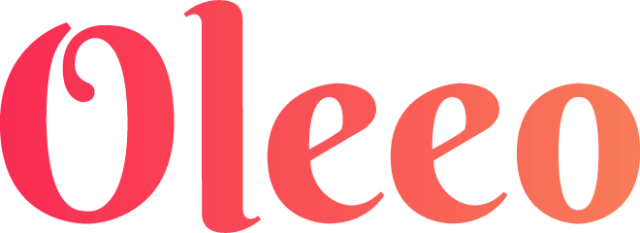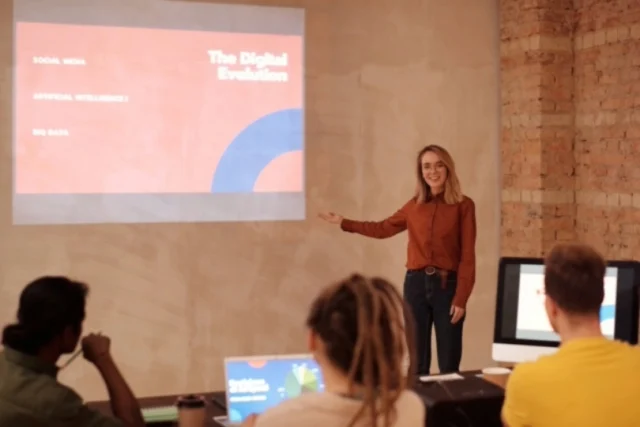SCREENING NEEDN’T BE A TEDIOUS CHORE – THINK INTELLIGENT SELECTION!

Continuing The Series Of Blogs From My Research With Oleeo, with volumes a major challenge at the apply stage, more organisations are looking at new ways to introduce screening as part of the application process, looking to move from job discovery to the first stage of the funnel in a single movement, which is where we have witnessed the highest adoption of AI Recruitment Automation, to manage the volume in the most efficient way.
In recent years, developments in machine learning have enabled core technologies, such as the CRM and ATS (Applicant Tracking System), to refine the process of better screening of applicants to identify those with the most likelihood of progression through the hiring funnel through to hire, based on machine learnt persona. Personas are the templates of profiles most likely to progress through the hiring funnel, used for targeting through smart communications and selection.
Of all the organisations that we tracked, the average time from apply to hire runs at 6 weeks with little variation by sector, involving an average of 91 actions in the hiring funnel (the smallest being 40 actions and the highest 134.)
Given that the majority of applicants are being rejected, and will go on to find employment elsewhere, the opportunity should not be lost to continue relationships through sharing meaningful content and moving apply data from entry level to experienced hire. Continued communication (particular learning and development related content) provides a rich data source for later hiring needs where relationships are established. The key consideration here is tracking the relationship to identify who stays engaged post rejection once they are outside of the hiring funnel.
Using machine learning to redefine selection criteria ( AI Recruitment )
If we are going to rethink screening from hard metrics, like academic achievement, to predictors of future potential, we need to rethink what “good” looks like in an application. Where this was based on history, it was a reasonable easy decision by applying an arbitrary cut, without looking at each application as an individual. This made sense as volumes increased, but raised some questions over quality of hire, and if the best talent was being excluded.
A simple internet definition of machine learning is:“The Scientific Study of Algorithms and Statistical Models that Computer Systems use to effectively perform a specific task without using explicit instructions, relying on patterns and inference instead. It is seen as a subset of Artificial Intelligence. Machine learning algorithms build a mathematical model of sample data, known as “Training Data“, in order to make predictions or decisions without being explicitly programmed to perform the task”
Applying machine learning to historical data enables us to identify trends on scale by interrogating historical data such as CV’s of past applicants, with outcomes such as hires, retention, performance and so on. We can interrogate inputs of data such as applications, CV’s, assessment results etc against the outcomes identify the trends that led to the decisions that were made in the past and the actions that took place to reach them.
In order to be accurate, this requires a sufficiently large data set to train the brain, taken over a sufficient period of time. It is critical when identifying the input data relating to people, that we apply control over diversity, ensuring the input data represents an even mix of diverse groups. This prevents outcomes biased toward one particular group. This has garnered special attention over the last year, following the very public suspension of a project by Amazon to shortlist candidates to jobs that resulted in a bias towards men.
Working in this way allows us to challenge existing selection and predict different outcomes if we changed the selection criteria. The definition of the desired outcome is another critical component. This has been particularly useful in defining what we should be screening for in the apply process.
The progress this offers us through the selection process is an understanding that our selection criteria should never remain static, and that people and requirements change over time. Limitations of AI Recruitment in the past has resulted in the hiring funnel being fixed around the same criteria over long periods of time. What we have from this, and other research is that people are changing their behaviours faster than organisations, and that the requirements for future success are in a permanent state of flux. Applying AI Recruitment Technology enables us to work towards ensuring that the selection criteria we are applying is fit for purpose.
The Oleeo View:
“Intelligent selection is possible by harnessing machine learning algorithms to make prescriptive recommendations using the evidence of abilities, competencies, skills & experience – as provided through thousands of data points. This includes those found in test scores, CVs/resumes,and application form answers without bias. It helps recruiters make better informed decisions in a fraction of the time and hire even faster based on predictive scoring and prescriptive recommendations that measure skills, cultural fit, offer acceptance probability and probable retention. Recruiters can enhance conversions and preserve ideal representations of hires versus applicants, while fostering diversity to ensure no adverse selection.”



